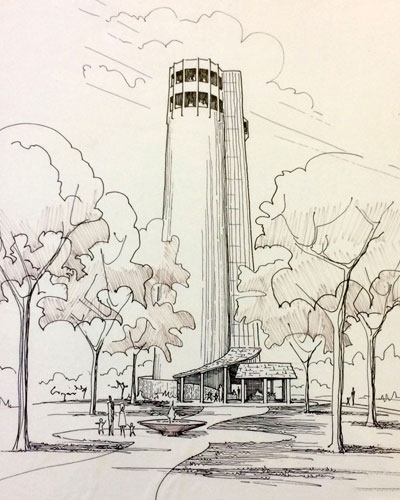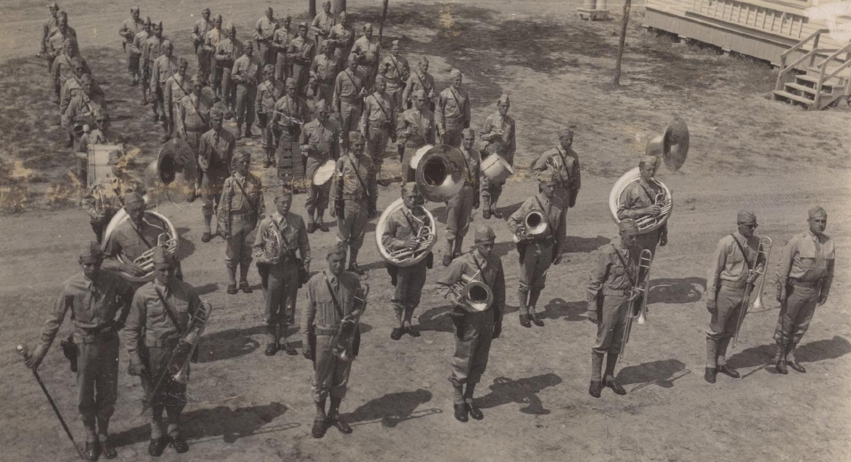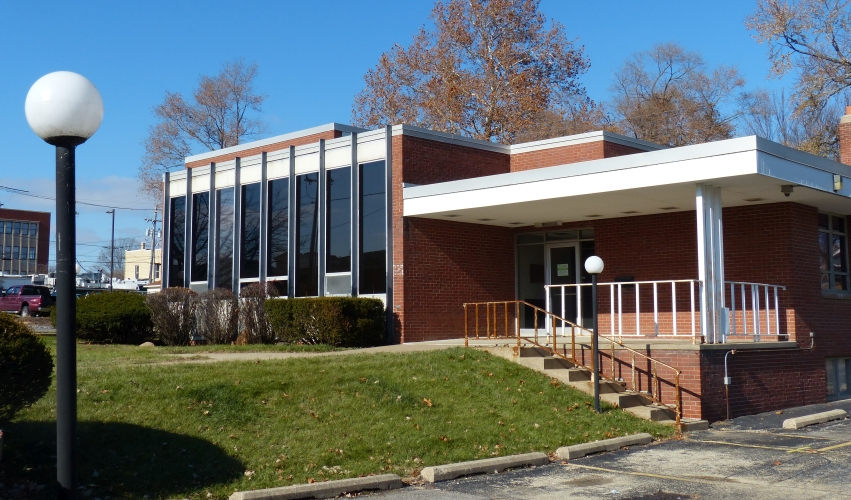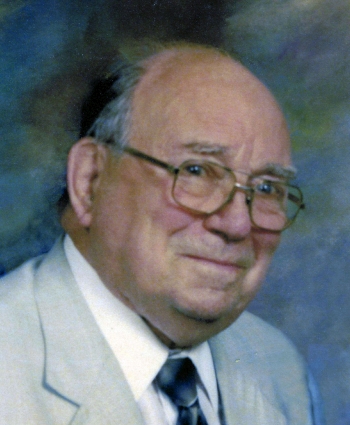In Peoria Heights, the architect found a place to spread his wings.
In 2007, the Village of Peoria Heights hosted a festival to pay tribute to the two men who more than anyone else had “planted the seeds for modern-day Peoria Heights,” according to a Journal Star story at the time. Richard Doyle and Bill Rutherford, the architect and the philanthropist, both had died the year before just months apart, at ages 87 and 91, respectively.
They were contemporaries, similarly driven characters of stubborn temperament and demanding expectations, creative vision, and uncommon civic-mindedness and resolve. They were often collaborators and sometimes competitors, who somehow collided and cooperated in the same place and time to produce the Peoria Heights that has proved irresistible to another who has come along, influenced deeply by both.
That would be Kim Blickenstaff, the California businessman and central Illinois native who has come back home to build upon what they started.
Road to the Heights
 Doyle and Rutherford are forever linked by the most prominent landmark in Peoria Heights, Tower Park, over which they did not see eye to eye—not least of all regarding the giant woodpecker doomed to peck at its exterior for eternity. Doyle also designed the headquarters for Rutherford’s Forest Park Foundation, over which they presumably found more consensus. In the end, there’s no disputing both men’s contribution to the Heights’ distinct look and feel, from its Prospect Road downtown to its Village Hall to its Congregational Church. And to think, it might not have been.
Doyle and Rutherford are forever linked by the most prominent landmark in Peoria Heights, Tower Park, over which they did not see eye to eye—not least of all regarding the giant woodpecker doomed to peck at its exterior for eternity. Doyle also designed the headquarters for Rutherford’s Forest Park Foundation, over which they presumably found more consensus. In the end, there’s no disputing both men’s contribution to the Heights’ distinct look and feel, from its Prospect Road downtown to its Village Hall to its Congregational Church. And to think, it might not have been.
Indeed, the first love of the man who would design such iconic structures as Bradley University’s Robertson Memorial Field House was music, says his daughter, Dr. Mary Agnes “Maggie” Doyle, who worked side by side with her father before embarking upon a theater and teaching career in the Chicago area.
“Before World War II, he was a band leader and composer” who could play every instrument but percussion, Maggie explains. He was barely a teenager when from his Wheaton hometown he found himself the frontman for Dickie Doyle and the Melody Masters, playing dance halls all over the Midwest. Then he enlisted in the service as an officer in 1939, becoming the band leader of the Air Force Army Band, 98th Infantry Division.

Above: Doyle led the Air Force Army Band, 98th Infantry Division, during World War II.
But when he came back from occupied Japan in 1948, “the Swing and Big Band era was over,” says Maggie. Dick Doyle had to find another line of work.
The GI Bill allowed him to attend the University of Illinois to study architecture and structural engineering. Those might seem like incompatible careers, but it makes perfect sense, really. “He was a math wizard. His idea of a good, relaxing time was solving a math problem,” Maggie notes. “It informed both his music and his architecture. Building was a mathematical puzzle to be solved.”
Mid-Century Modern
It’s also why he would be so pleased to see his favorite building, the Heights’ former Kelly Avenue Library, repurposed into a performing arts center that marries both of his career paths. The Betty Jayne Brimmer Center for the Performing Arts was named in honor of the former Big Band-era dancer, who was Kim Blickenstaff’s mother. You could say there’s a certain symbiosis at work here.
“Days before he passed, he talked about buying back the library. It was a very modern design for the Heights” and he was “keen on it being a kind of civic center,” says Maggie, who grew up on Prospect Lane with her family.

The new Betty Jayne Brimmer Center for the Performing Arts had its grand opening in February 2019.
Blickenstaff looks at the former library and the Doyle-designed Prospect Mall facility, destined for a boutique hotel, and sees “a blend of Bauhaus and Frank Lloyd Wright.” Maggie Doyle calls it “mid-century modern,” practiced and popularized by the likes of architect Ludwig Mies van der Rohe in Chicago.
Its clean and simple lines, its bountiful use of windows to bring the outside in, its open floor plans, its emphasis on function as the equal of form, its integration with the natural environment surrounding it—and in Doyle’s case, the insistence on using indigenous, local building materials—enjoyed its heyday from 1945 to 1975, coinciding with Doyle’s most productive period. Maggie always found it an “optimistic” design movement, “reflecting a certain can-do, post-war sensibility” which her father “had in spades.”
 Community Work Ethic
Community Work Ethic
Ultimately, it’s not just the architect, but the man they remember with such fondness. “Every Sunday afternoon at church, without fail, the topic of conversation was what are we doing to improve our community?” Maggie recalls.
Roger Bergia, former superintendent of Peoria Heights schools, remembers the honesty, business pragmatism and conservatism of the man who would serve as the district’s architect and, eventually, its school board president. “He wasn’t going to stick you with anything unless you needed it,” he notes.
They remember the sometimes-gruff exterior that hid a softer, perhaps surprisingly forward-thinking side. “He was a force of nature, larger than life. I called him ‘The Zone,’” says Maggie. “He was a terrific teacher… I would characterize him as a ‘leader of men,’ but he hired women well before it was politically correct.”
Finally, they look back at the work ethic of a man who wished to be at his desk until his final moment—who had a yellow legal pad of projects on his lap the day before he died. “In 1968, I was 14, during the Vietnam War. And one day he said to me, ‘Mary Agnes, culture as we know it is dead. So we build.’ That’s how he reacted to the country going up in flames.”
In Peoria Heights, Dick Doyle found a place to spread his wings, as Bill Rutherford did, as Kim Blickenstaff hopes to do—on the shoulders of those visionaries who came before. iBi


